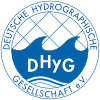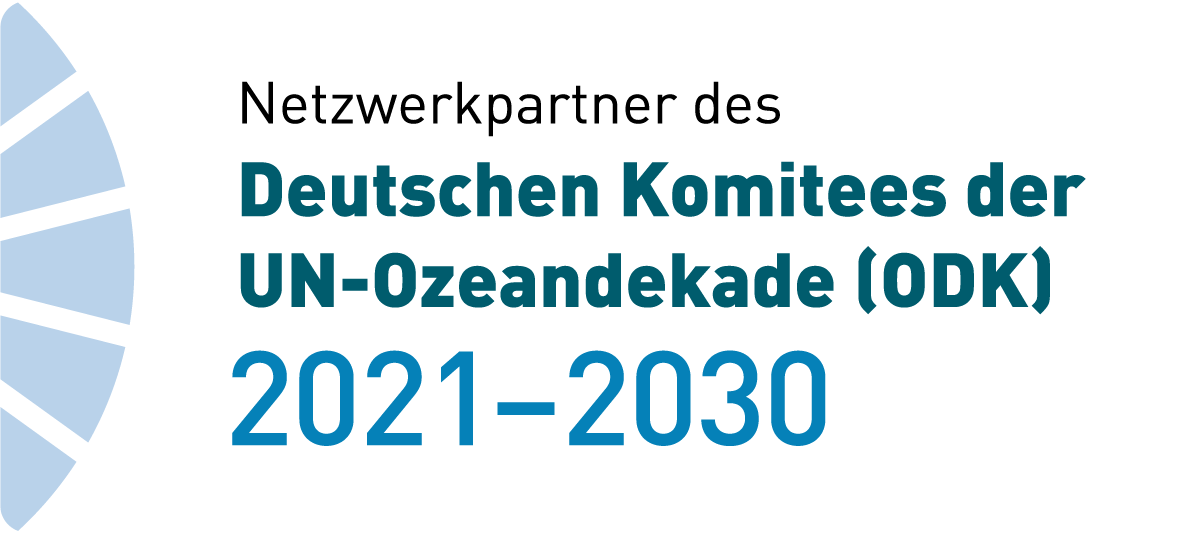HN Ausgaben wählen
- HN 132 (9)
- HN 131 (17)
- HN 130 (10)
- HN 129 (8)
- HN 128 (10)
- HN 127 (6)
- HN 126 (10)
- HN 125 (11)
- HN 124 (8)
- HN 123 (10)
- HN 122 (9)
- HN 121 (10)
- HN 120 (7)
- HN 119 (10)
- HN 118 (7)
- HN 117 (10)
- HN 116 (14)
- HN 115 (10)
- HN 114 (6)
- HN 113 (10)
- HN 112 (7)
- HN 111 (9)
- HN 110 (9)
- HN 109 (11)
- HN 108 (8)
- HN 107 (9)
- HN 106 (7)
- HN 105 (14)
- HN 104 (6)
- HN 103 (11)
- HN 102 (8)
- HN 101 (9)
- HN 100 (13)
- HN 097 (1)
Tiefseebergbau und »green economy«
Rohstoffe, Umweltschutz, neue Technologien, neues Recht
Die Menschheit benötigt immer mehr Metalle und Seltene Erden. Um an genügend Rohstoffe zu gelangen, richtet sich der Blick auf die Tiefsee – auf Manganknollen, Massivsulfide und polymetallische Krusten. Die Meeresbodenbehörde ISA bereitet den kommerziellen Tiefseebergbau vor. Zu diesem Zweck wird zurzeit ein Regelwerk erarbeitet, der Mining Code, das den industriellen Abbau der Rohstoffe regulieren soll. Doch noch müssen einige Fragen zur Umweltverträglichkeit, zu Sicherheitsstandards und zum künftigen Monitoring des Abbaus geklärt werden.
Tiefseebergbau | Rohstoffe | Mining Code | Meeresbodenbehörde ISA
- Ausgabe: HN 117, Seite 46–49
- DOI: 10.23784/HN117-07
- Autor/en: Uwe Jenisch
»Telepräsenz ist genial«
Gerhard Bohrmann ist Professor für Marine Geologie an der Universität Bremen und arbeitet am MARUM – Zentrum für Marine Umweltwissenschaften. Im Interview stellt uns der Wissenschaftler, der vornehmlich zu Methanhydraten forscht, seine Entdeckungen in der Tiefsee vor: Begeistert spricht er über kalte Quellen, Schlamm- und Asphaltvulkane. Und er outet sich als Fan der Telepräsenz, die es ermöglicht, andere auf einen Tauchgang mitzunehmen.
Schlammvulkane | kalte Quellen | chemosynthetisches Leben | Mikrobathymetrie | Methangas
- Ausgabe: HN 117, Seite 38–45
- DOI: 10.23784/HN117-06
- Autor/en: Lars Schiller, Gerhard Bohrmann
Lithium-Ionen-Batterien für die Tiefsee
Lithium-Ionen-Batterien (Li-Ion) kommen bei unterschiedlichsten Anwendungen in der Tiefsee zum Einsatz, sie werden für Fahrzeuge verwendet, zur Versorgung von Sensoren oder für Speichersysteme. Dabei kommt es auf höchste Leistungsdichte an, aber auch auf absolute Zuverlässigkeit, denn ein Ausfall wäre teuer. Die Kieler Firma SubCtech hat Lösungen für die Stromversorgung unter Wasser entwickelt.
Lithium-Ionen-Batterien | Stromversorgung | SOH | Alterung | Batteriemanagementsystem
- Ausgabe: HN 117, Seite 34–37
- DOI: 10.23784/HN117-05
- Autor/en: Stefan Marx
Hochauflösende bathymetrische Untersuchungen im Mittelmeer
Eine Schlüsselanalyse zum Verständnis submarinen Schlammvulkanismus
Während an Land etwa 1100 Schlammvulkane bekannt sind, ist ihre Zahl in den Ozeanen unbekannt. Meeresgeologen schätzen die Zahl der marinen Schlammvulkane mit 1000 bis 100 000 sehr unterschiedlich ein. Mit den herkömmlichen akustischen Systemen sind sie von Forschungsschiffen zwar am Meeresboden meist erkennbar, aber Entstehung, Dynamik und ihre Wechselwirkung mit anderen meeresgeologischen Prozessen offenbaren sich erst nach einer hochauflösenden bathymetrischen Vermessung. Beispiele aus dem östlichen Mittelmeer werden hier vorgestellt.
Schlammvulkane | hochauflösende Bathymetrie | AUV-Vermessung
- Ausgabe: HN 117, Seite 28–33
- DOI: 10.23784/HN117-04
- Autor/en: Gerhard Bohrmann, Paul Wintersteller, Christian dos Santos Ferreira, Miriam Römer, Gerrit Meinecke
The European harmonised bathymetry grid EMODnet Bathymetry
Introduction, outlook and contribution from German partners
The EMODnet Bathymetry portal provides open and free access to the bathymetry of the European seas. This article presents the current status of the EMODnet Bathymetry project, its impact on the marine stakeholders, with examples from the German community, and provides an outlook to future developments.
EMODnet | HR-DTM | metadata | WMS
- Ausgabe: HN 117, Seite 20–26
- DOI: 10.23784/HN117-03
- Autor/en: Thierry Schmitt, Dick Schaap, George Spoelstra, Patricia Slabon, Paul Wintersteller, Knut Hartmann


